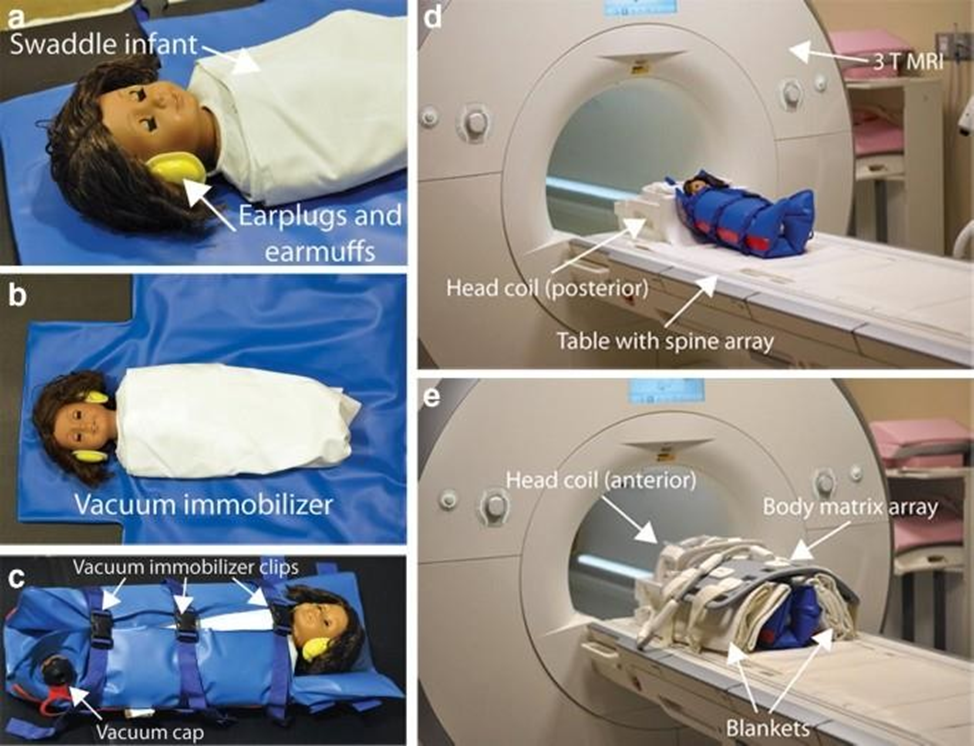A patient with suspected meningitis is scheduled for a lumbar puncture. What action should the nurse take before the procedure?
Transfer the patient to radiology.
Enforce NPO status for 4 hours.
Help the patient to a lateral position.
Administer a sedative medication.
The Correct Answer is C
A. Transfer the patient to radiology: Lumbar punctures are typically performed at the bedside in the patient's room or in a procedure room, not in radiology.
B. Enforce NPO status for 4 hours: NPO (nothing by mouth) status is not typically required before a lumbar puncture unless specifically ordered by the healthcare provider for a particular reason.
C. Help the patient to a lateral position: Before a lumbar puncture, the patient should be placed in a lateral recumbent position (usually on their side with knees flexed towards the chest) to facilitate the procedure and minimize the risk of complications such as post-dural puncture headache.
D. Administer a sedative medication: Sedative medications are not routinely administered before a lumbar puncture, as they can alter the patient's level of consciousness and interfere with neurological assessment during and after the procedure.
Nursing Test Bank
Naxlex Comprehensive Predictor Exams
Related Questions
Correct Answer is D
Explanation
A. The patient has dysphasia: Dysphasia (difficulty with speech) is a common symptom of stroke but does not contraindicate the use of aspirin for acute ischemic stroke management. Aspirin is routinely administered in the acute phase of ischemic stroke to prevent further clot formation.
B. The patient has atrial fibrillation: Atrial fibrillation increases the risk of embolic strokes, and aspirin may be used for stroke prevention in certain cases. However, the presence of atrial fibrillation alone does not indicate a contraindication to aspirin administration in the acute setting of a suspected stroke.
C. The patient has a history of brief episodes of right-sided hemiplegia: A history of transient ischemic attacks (TIAs) or brief episodes of hemiplegia suggests a risk factor for stroke but does not necessarily contraindicate the use of aspirin in the acute phase of stroke
management. Aspirin is commonly used for secondary prevention after TIAs or minor strokes.
D. The patient reports that symptoms began with a severe headache: Severe headache as the initial symptom of stroke raises concerns about a possible hemorrhagic stroke rather than an ischemic stroke. Administration of aspirin in the setting of a hemorrhagic stroke can worsen bleeding and increase morbidity and mortality. Therefore, the nurse should consult with the healthcare provider before giving aspirin to determine the appropriate course of action based on the patient's presentation and diagnostic evaluation.
Correct Answer is C
Explanation
A. "An MRI scan is not distorted by movement, so you do not have to lie still." This statement is incorrect. Movement during an MRI scan can distort images and affect the quality of the diagnostic information obtained. Patients are typically instructed to lie as still as possible during the procedure.
B. "The MRI contrast dye contains iodine and can cause your skin to itch." This statement is incorrect. MRI contrast agents do not contain iodine and are not associated with itching.
However, some patients may experience allergic reactions to MRI contrast agents, but this is not related to iodine.
C. "An MRI scan is very noisy, and you will be allowed to wear earplugs while in the scanner." This statement is correct. MRI scanners produce loud noises during imaging, which can be bothersome to some patients. Patients are often provided with earplugs or headphones to help reduce the noise and make the experience more comfortable.

D. "An MRI scan is a short procedure and should take no longer than 30 minutes." This statement is incorrect. The duration of an MRI scan can vary depending on the type of imaging being performed and the specific protocol used. Some MRI scans may take longer than 30 minutes to complete.
Whether you are a student looking to ace your exams or a practicing nurse seeking to enhance your expertise , our nursing education contents will empower you with the confidence and competence to make a difference in the lives of patients and become a respected leader in the healthcare field.
Visit Naxlex, invest in your future and unlock endless possibilities with our unparalleled nursing education contents today
Report Wrong Answer on the Current Question
Do you disagree with the answer? If yes, what is your expected answer? Explain.
Kindly be descriptive with the issue you are facing.
